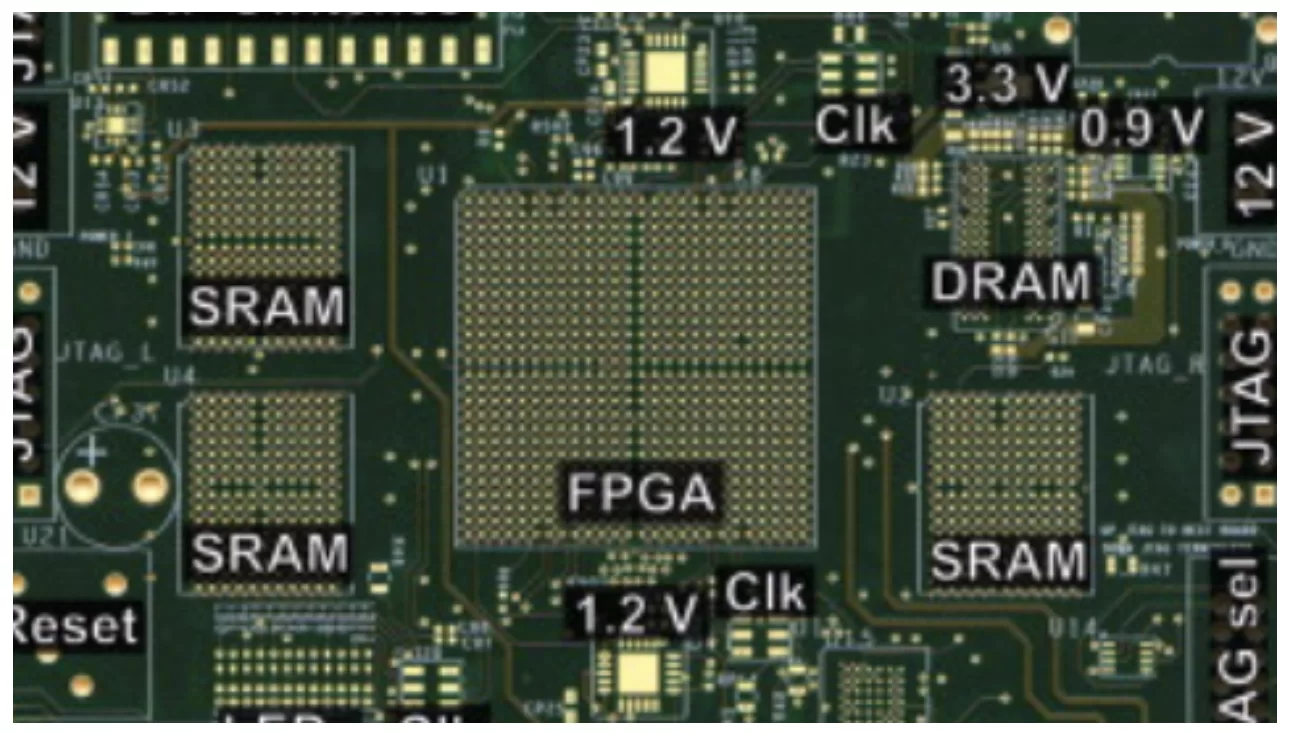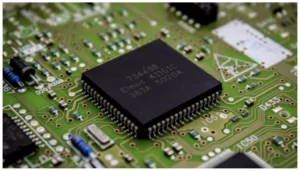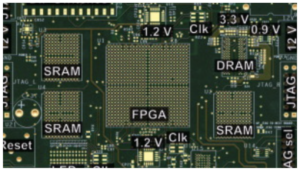If you work in hardware verification, you’ve probably heard about simulation, emulation, and prototyping. You probably already know what simulation is: you run your RTL design on your computer and test it using a verification environment.
But what about emulation and prototyping? These methods use additional hardware, which can be confusing. How are they different? And what actually happens to the RTL design when you use them?
These methods have long confused me, and in this article, I will attempt to address the key differences between emulation and prototyping and when each is used.
What is emulation?
Emulation uses special hardware (called emulators) to test your RTL design. You map your RTL design onto this machine and run your testbench (the same one you might use in simulation). The emulator executes the design much faster than the simulation.

Key points about emulation:
- It uses specialized hardware designed for verification (like Cadence Palladium, Synopsys ZeBu, or Mentor Veloce).
- It allows you to run long and complex tests that would take too much time in simulation.
- You still get debugging tools, like waveforms and signal tracing, so you can analyze how your design behaves.
- The RTL design is compiled and configured into the emulator, where it behaves like your hardware.
When is it used? Emulation is used when you need faster verification than simulation but still want good debugging visibility.
What is prototyping?
Prototyping is different. Instead of using specialized emulation hardware, you map your RTL design onto FPGAs (Field-Programmable Gate Arrays). These are actual programmable chips that act like your design.

Key points about prototyping:
- Prototyping is faster than emulation because it runs closer to real hardware speeds.
- It’s often used to test your design in a real-world environment or to let software teams start developing code early.
- Debugging is limited compared to emulation. You don’t get detailed visibility like waveforms or signal tracing.
- The RTL is directly synthesized and programmed into FPGAs, which act as your hardware.
When is it used? Prototyping is used for system-level testing, performance validation, and software bring-up when your design is almost final.
Key differences between emulation and prototyping
Here’s a simple table to summarize the differences:

To summarize:
- Emulation is about speed and debugging. You map your design to specialized hardware and run the testbench faster than in simulation.
- Prototyping is about speed. You map your design to FPGAs, and the focus is on system-level testing and software development. Debugging is limited.
Both methods are faster than simulation, but they serve different purposes.
When to use which?
- If you need fast verification and good debugging tools, choose emulation.
- If you want to test your design close to real hardware speeds, choose prototyping.
Emulation helps you find bugs early in the process.
Prototyping helps you see how your design performs in a real-world scenario.
I hope this article helps you better understand emulation and prototyping and the key differences between them.





